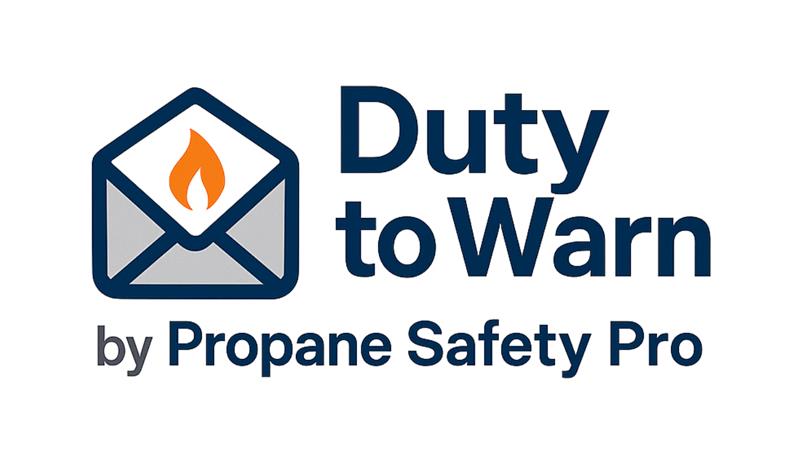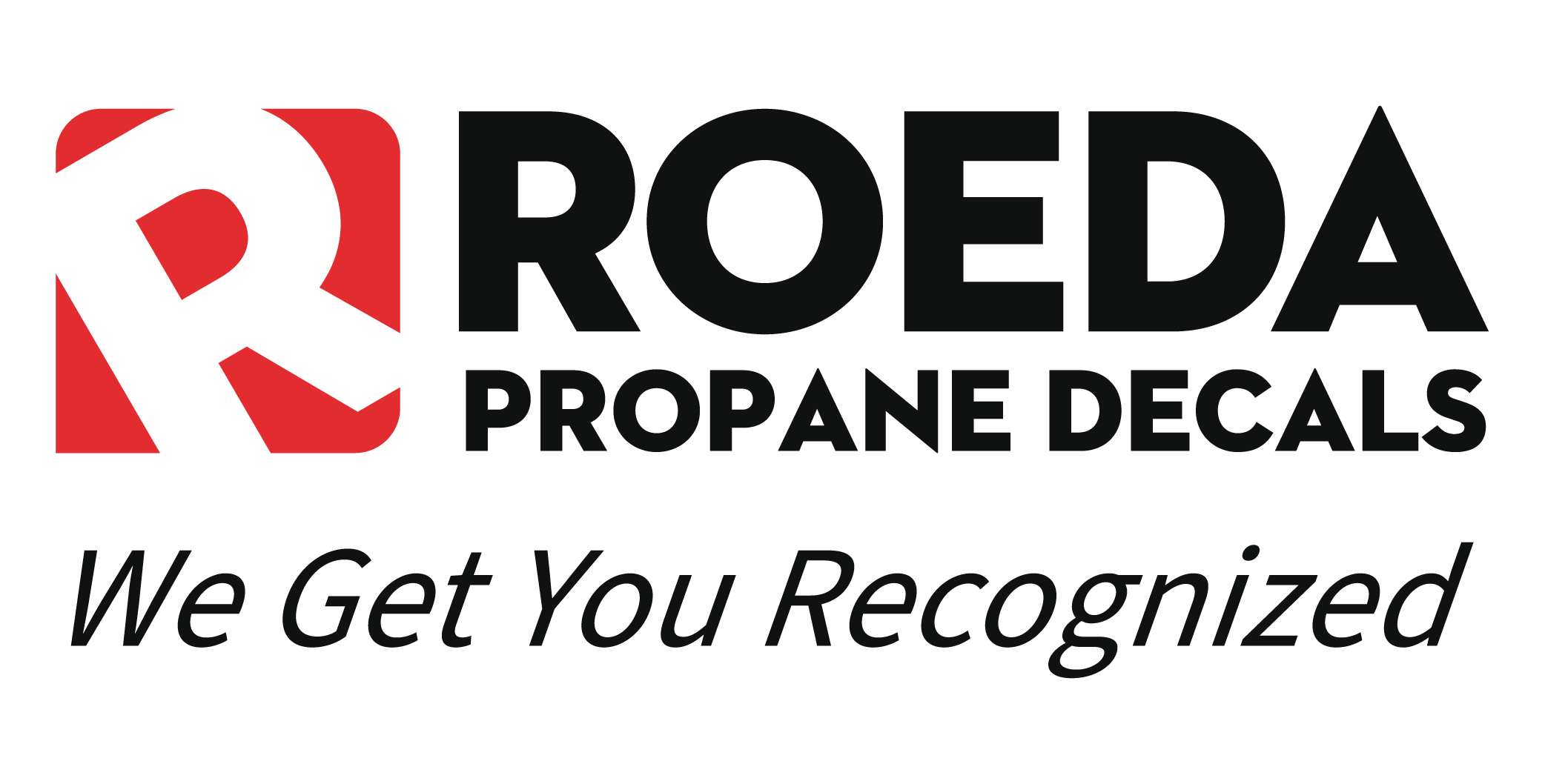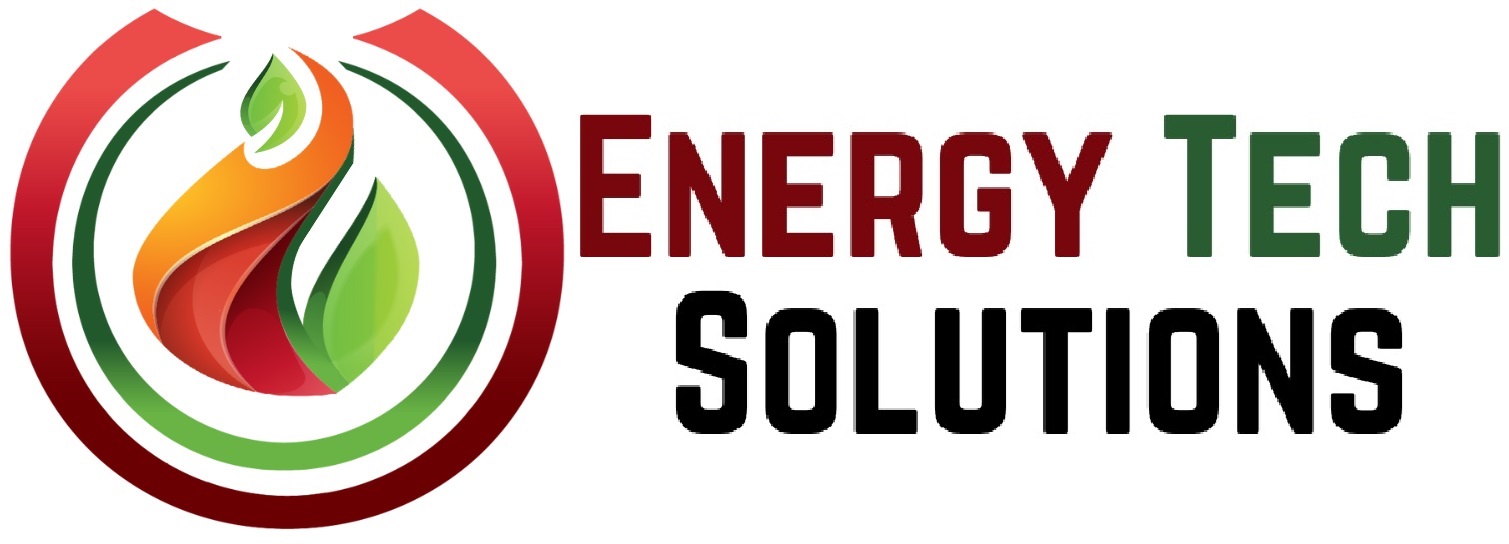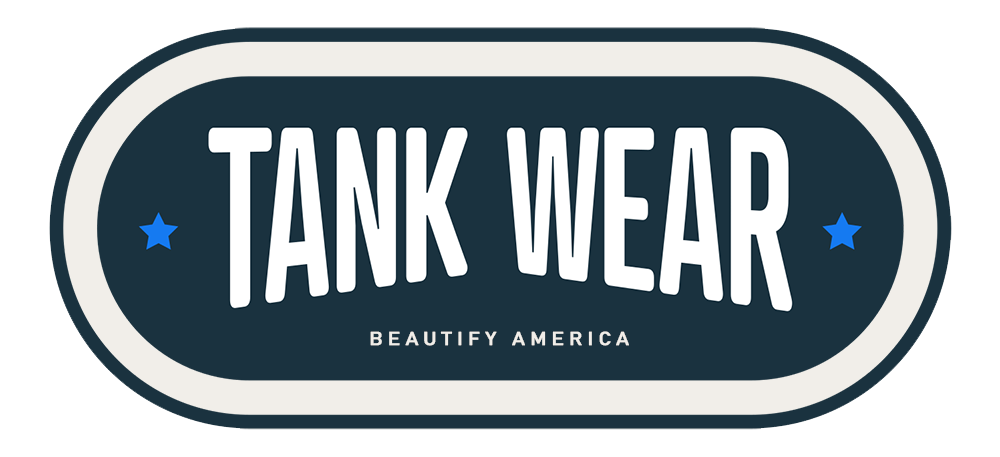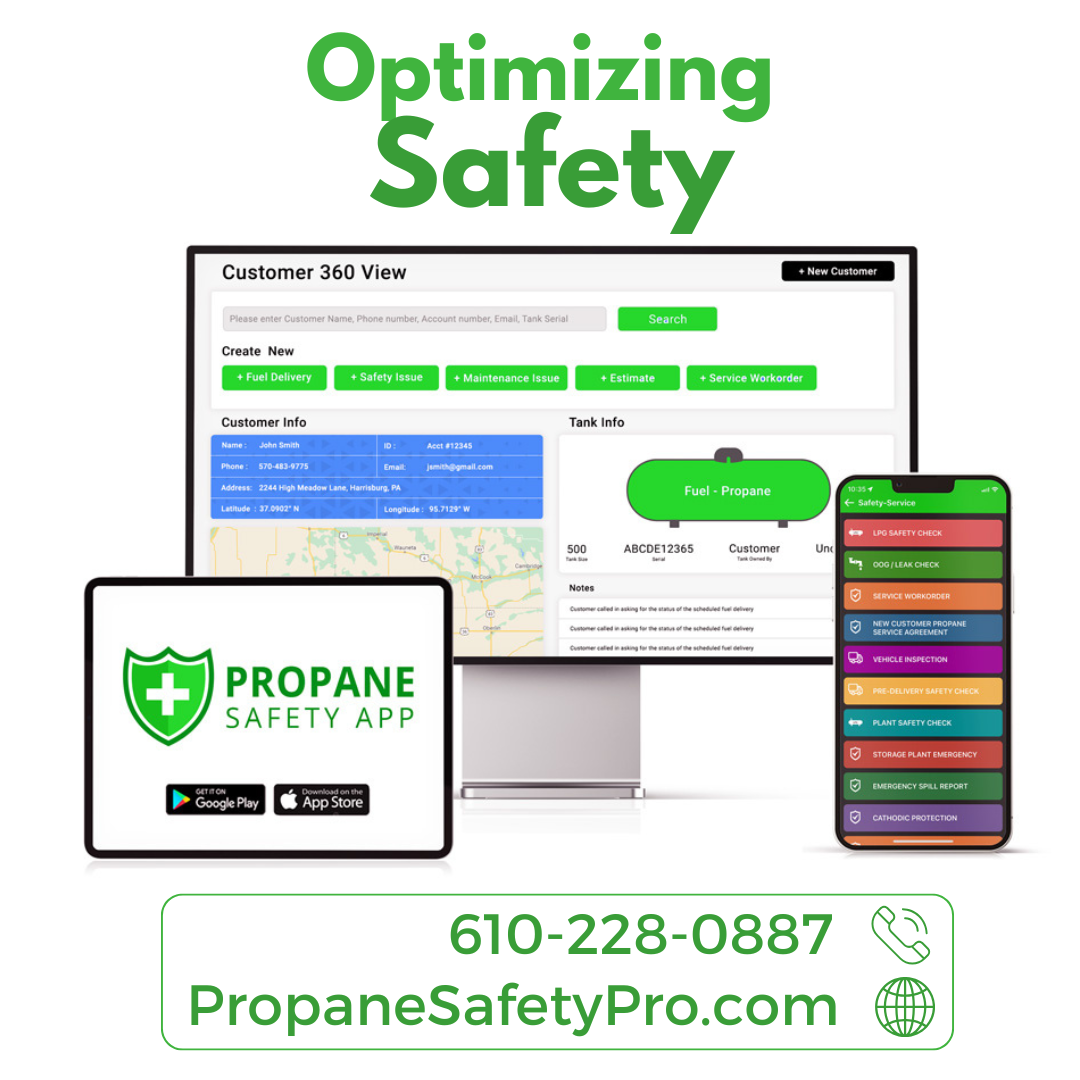The Future of Propane Distribution
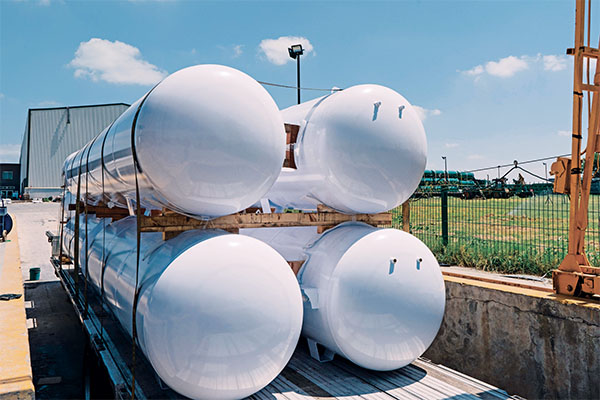
As energy demands shift and new technologies emerge, the propane distribution industry is poised to meet these future needs. Here are the top upcoming changes and developments that could reshape how propane is distributed:
1. Increased Automation
Automation in logistics and delivery systems is likely to play a significant role in future propane distribution networks. Automated scheduling and routing of deliveries can greatly enhance efficiency, reduce costs, and improve service reliability for customers.
2. Integration with Renewable Energy Sources
There is a growing trend toward integrating propane distribution with renewable energy systems. For instance, hybrid systems combining solar power with propane-fueled generators offer a reliable energy solution that can operate off-grid, reducing dependence on traditional energy sources.
3. Advanced Safety Technologies
As the infrastructure of propane distribution networks grows, so does the need for advanced safety technologies. Innovations like real-time monitoring systems, advanced leak detection, and AI-driven predictive maintenance can help prevent accidents and enhance the overall safety of the network.
4. Smart Tank Technology
The use of tank monitors with the help of technology is expected to increase. These tanks can automatically report levels and consumption patterns and even predict refill needs, streamlining distribution efforts and ensuring constant supply.
5. Expanded Use in Emerging Markets
Propane is expected to play a larger role in emerging markets, particularly in regions where traditional energy infrastructure is limited. The development of distribution networks in these areas could provide reliable and affordable energy solutions to underserved populations.
6. Decentralization of Supply
Future distribution strategies may involve a more decentralized approach, with multiple small-scale storage and distribution centers located closer to end-users. This strategy can reduce transportation costs and lower the carbon footprint associated with distribution.
7. Regulatory and Environmental Compliance
As environmental regulations develop, propane distribution networks will need to adapt to ensure compliance. This may involve adopting technologies, improving storage and transportation methods, and implementing stricter safety standards. Experts in regulatory compliance from PropaneSafetyPro.com can assist with these safety standards. They work to keep propane businesses up-to-date and safeguard their operations by helping them implement policies in adherence with industry regulations.
8. Customer-Centric Services
The future of propane distribution will also see a shift towards more customer-centric services. This includes flexible delivery options, tailored pricing plans, and enhanced customer service platforms that leverage digital tools to improve user experience.
A Bright Future
The future of propane distribution networks looks robust, with advances in technology and strategic innovations poised to enhance service delivery, safety, and environmental compliance. As these networks evolve, they will become more integrated, efficient, and responsive to the needs of a diverse customer base.



